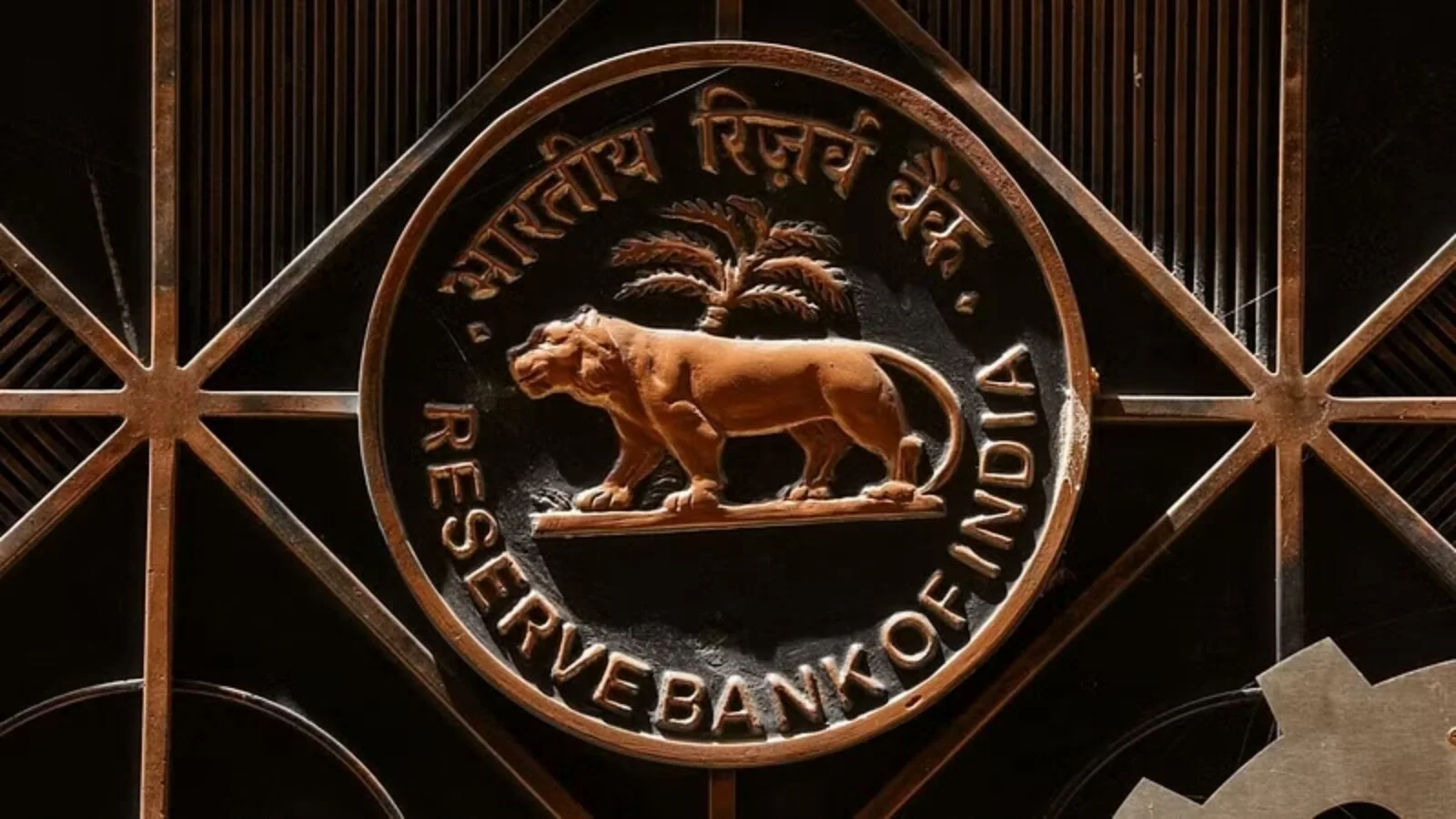By Aparna Deb,News18
Copyright news18

A research report by State Bank of India (SBI) has pitched for a 25-basis-point (bps) rate cut, calling it the “best possible option” for the Reserve Bank of India (RBI). However, several experts believe that the central bank’s rate-setting panel may once again opt for a status quo when it announces its bi-monthly monetary policy on October 1.
The Monetary Policy Committee (MPC), chaired by RBI Governor Sanjay Malhotra, will begin its three-day deliberations on Monday against the backdrop of ongoing geopolitical tensions and the US imposing a 50% tariff on Indian shipments. The policy decision will be announced on Wednesday.
The RBI had earlier reduced the repo rate by 100 bps in three tranches starting February 2025, as consumer price index (CPI)-based inflation declined. However, in its August policy, the central bank chose to maintain the status quo, adopting a wait-and-watch approach to gauge the impact of US tariffs and geopolitical developments on the domestic economy.
The SBI study argued that there is “merit and rationale” for the RBI to cut the key benchmark lending rate by 25 bps in the upcoming policy review, as retail inflation is expected to remain benign even in FY2026.
Offering a different perspective, Madan Sabnavis, Chief Economist at Bank of Baroda, said: “While we do believe that there is limited scope for any change in the repo rate in this policy, there is a market view that given the current environment, a rate cut would be warranted.”
He added that since inflation is already well below the RBI’s 4% target, both before and after the GST 2.0 rollout, it need not be a primary factor influencing policy decisions. Moreover, GDP growth is expected to remain steady at over 6.5% for the year, even after factoring in the tariff impact.
“Under these conditions, we expect a status quo. A change of stance could probably be considered to assuage sentiment and bond yields. If at all, at a later point in time, there is a package for exporters against the backdrop of tariffs, a rate cut could be considered,” Sabnavis said.
Aditi Nayar, Chief Economist at ICRA, said the recent GST rationalisation could dampen headline CPI by 25-50 bps during Q3 FY2026 to Q2 FY2027, lowering the FY2026 average to about 2.6%. She expects CPI inflation to hit a fresh low in October-November 2025, though the trend could turn upward thereafter.
“GST rationalisation is unambiguously set to moderate inflation. However, this is the outcome of a policy change and will likely be accompanied by stronger demand. This suggests a status quo for the repo rate in the October 2025 policy review, in what appears to be a close call,” she noted.
Effective September 22, 2025, the Goods and Services Tax (GST) has been streamlined into a two-tier structure of 5% and 18%, replacing the earlier four slabs of 5%, 12%, 18%, and 28%. The reform has led to a price reduction for 99% of daily-use items.
Dharmakirti Joshi, Chief Economist at Crisil Limited, said the repo rate could be cut as early as October given lower-than-expected inflation.
“Core inflation, which indicates excess demand pressure, remains low by historical standards despite the significant impact of rising gold prices. The rationalisation of GST rates will also likely contribute to reducing inflation further,” Joshi explained.
He added that the US Federal Reserve’s recent 25-bps rate cut, coupled with an anticipated additional 50-bps reduction this year, gives the RBI’s MPC greater flexibility to adjust domestic rates.
Meanwhile, Mandar Pitale, Head – Financial Markets at SBM Bank (India) Ltd, expects the MPC to maintain status quo, allowing time for the impact of the recent CRR cut to play out and for potential fiscal measures from the government to emerge.
“In the near term, the baseline view thus remains that of a prolonged pause with a small probability of a residual rate cut in the December MPC meeting, depending upon the forward-looking growth-inflation dynamics prevailing at that point,” Pitale said.
A study published in the RBI’s latest Bulletin highlighted that the pass-through of the cumulative 100-bps repo rate cut from February to August 2025 to lending and deposit rates has been robust, underscoring the effectiveness of earlier policy easing.



